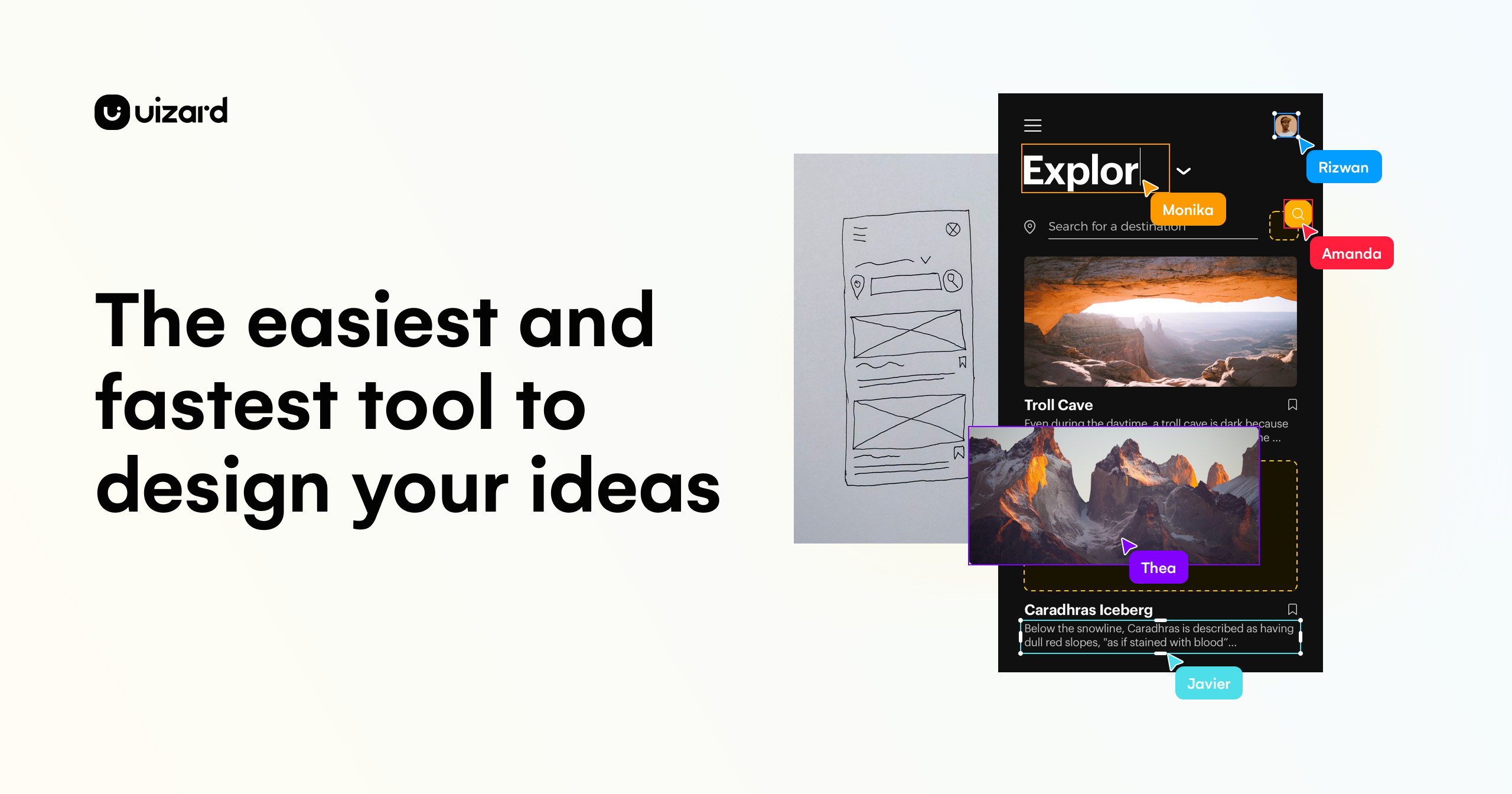- Design x Machine
- Posts
- How I Built 3 Personas Using AI: A Designer’s Workflow
How I Built 3 Personas Using AI: A Designer’s Workflow
(Plus: Free Figma Persona Template)

When I started designing a B2B platform for telco enterprise and wholesale users, I hit a wall: There were no usable personas. :(
No templates that captured the layered needs of enterprise stakeholders.
No public datasets to ground user behaviors in actual business use cases.
No shortcuts.
So instead of waiting for perfect data, I took a different approach—one that involved experimenting with AI tools to shape something real, fast.
This is the story of how I built 3 B2B personas using AI.
The Problem: No Personas, No Direction
In telco and wholesale enterprise UX, personas aren’t just “nice to have.”
They’re critical tools to align cross-functional teams around:
Who we’re designing for
What business problems we’re solving
How we prioritize workflows across complex systems
But unlike B2C projects where user research is often rich and accessible, B2B persona data is either internal, outdated, or nonexistent - especially in fast-moving enterprise environments.
So I decided to build personas myself—backed by logic, assumptions, and AI.
Step 1: Defining Goals & Scope
Before jumping into tools, I clarified the core purpose:
What types of users typically interact with enterprise/wholesale platforms in telco?
After internal interviews and reviewing existing onboarding journeys, I narrowed down to 3 core roles:
Enterprise IT Admin: Manages telco configurations and user access
Wholesale Account Manager: Handles business clients and quotes
Network Operations Analyst: Monitors service levels and outage responses
These roles gave me coverage across setup, sales, and support which are essential functions in any B2B telco operation.
Step 2: Building Personas with AI Tools
With no ready-made data, I turned to AI to help generate foundational insights.
Each tool served a specific role—ideation, refinement, or validation.
1. ChatGPT: Persona Skeletons & Role Logic
I used ChatGPT to draft base-level personas. It was fast, flexible, and gave me a springboard to build deeper profiles.
Prompt Example for ChatGPT:
Act as a UX researcher.
Create a B2B persona for a Network Operations Analyst working in a Malaysian telco company. Include:
- Name, age, job title
- Daily responsibilities
- Primary tools used
- Pain points
- Goals
- Communication style
- Preferred ways of accessing data ☺️ Outcome:
I got a solid skeleton. just enough to visualize workflows and start making UX assumptions.
so “I repeated this for all 3 roles to form my base personas.”
2. Notion AI: Adding Depth & Motivation
Next, I copied the persona drafts into Notion and used Notion AI to enhance the emotional and strategic layers especially motivations, frustrations, and business pressures.
Prompt Example in Notion AI:
Expand the following persona pain points into detailed business-impact frustrations. Consider how this affects their performance, reporting, and team collaboration.Why Notion? It helped me think beyond surface pain points. For example:
😐 Original: | 😍 Improved: |
These micro-insights created sharper stories and helped define future UI needs.
3. Uizard Autodesigner: Contextual Interface Thinking
While Uizard is often used for rapid prototyping, I used it a bit differently—by prompting UI generation based on the personas and then extracting needs from the layouts.
Prompt Example for Uizard Autodesigner:
Design a dashboard interface for a Wholesale Account Manager who handles pricing quotes, client SLAs, and contract renewals. The persona works in a Malaysian telco. ☺️ Insight:
From the layout Uizard created, I reverse-engineered implied tasks (like quick quote requests, contract expiration warnings, or pricing tiers) which fed back into persona needs and goals.
Here’s a screenshot and the prototype link from my experiment using Uizard.

Uizard working area
4. Useberry: Validating with Lightweight Tests
To sanity check my persona-based assumptions, I simulated dashboards in Figma and tested quick flows using Useberry. While the test audience wasn’t B2B-specific, the AI-powered feedback surfaced some surprising trends.(I will explain more details in my next post 😃)
Prompt-like Scenario for Useberry Testing:
“Imagine you're a network operations analyst using this dashboard. What would you do if an SLA alert pops up on your client summary?” ☺️ Outcome:
One common reaction: "This UI feels too technical for an account manager."
That told me to tailor complexity per role - keeping ops personas data-heavy and sales personas more guided.
Final Step/Outcome: Actionable Persona Cards

By layering tools with intention, I created 3 B2B personas that felt real enough to design around:
Role clarity
Motivations tied to business KPIs
Tool and data preferences
Mental models that shaped the dashboard design logic
Want to create your own AI-informed personas?
I’ve bundled my persona outcomes into a Figma template and of course it’s FREE - editable, clean, and ready for your team.
My Thoughts: Designing With What You Have
If you’re building UX and stuck without data - AI won’t replace research, but it can kickstart the process.
Tools like ChatGPT, Notion AI, Uizard, and Useberry helped me:
Move quickly
Test assumptions
Craft believable starting points
Most importantly, they helped me bring structure where there was once just a blank screen.
What about you?
Have you explored AI tools for persona creation, whether in B2B or other contexts?
Which tools or prompts have worked well for you?
Share them in the comments - I’m always on the lookout for fresh workflows to experiment with (and who knows, your suggestion might be featured in the next post!).
Want more like this?
Subscribe to Design x Machine for curated articles, tools, and thought leadership on UX in the era of intelligent systems.
👉 Get the free UX prompt guide when you subscribe: https://designxmachine.beehiiv.com/subscribe


Reply